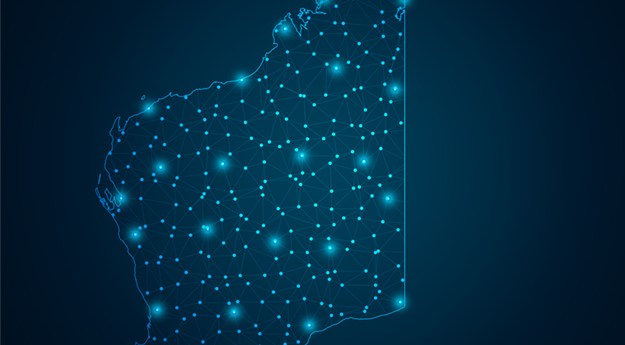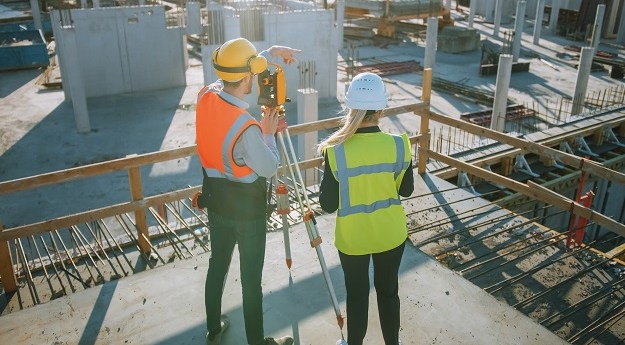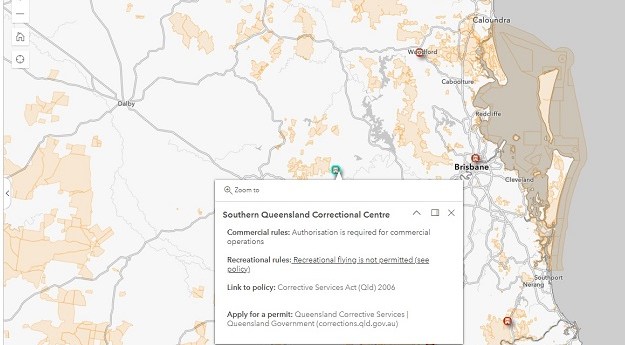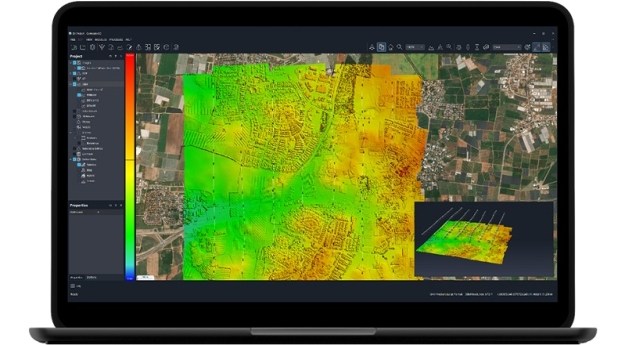
Artist’s impression of NovaSAR-1. Courtesy Surrey Satellite Technology.
Australian researchers can now apply to direct the Earth observation satellite NovaSAR-1 by accessing Australia’s 10% share of the satellite.
The move should be of immense benefit for those who work in fields such as agriculture and natural disaster management.
It marks the first time Australia has been given the ability to manage its own source of Earth observation data, which traditionally has been at the mercy of foreign suppliers or partners.
NovaSAR-1, developed by Surrey Satellite Technology in the UK, is a demonstrator project that produces medium- and high-resolution images of Earth using S-band (3.2 GHz, or 9.4 cm wavelength) synthetic aperture radar.
In September 2017, CSIRO purchased a 10% share of time on the satellite and operates that share as a national facility available to all Australian researchers.
The agreement permits CSIRO to direct the satellite to collect data through a range of observation modes for the duration of the mission, with priority given for observations over the Australian region.
In the same way as many other facilities such as astronomical observatories are operated, applications to use the NovaSAR-1 national facility will be assessed by an independent committee and allocated based on the scientific merit of the proposed research.
“Although Australia is one of the largest users of Earth observation data, until now we have not had direct control over the tasking of an Earth observation satellite, so the opening of our NovaSAR-1 facility represents a step change for Australian research and an important step forward for our space industry,” said Dave Williams, CSIRO’s Executive Director Digital, National Facilities and Collections.
NovaSAR-1 data will be downloaded to a receiving station near Alice Springs owned by the Centre for Appropriate Technology (CfAT), Australia’s first and only Aboriginal-owned-and-operated ground segment service provider.
Peter Renehan, CfAT CEO, said access to NovaSAR-1 could benefit many Indigenous communities, such as Indigenous rangers who could use its imagery to conserve both land and sea.
“It’s important that we can build and own facilities like this right here in central Australia and feel proud that Aboriginal Australians are making such an important contribution to supporting the development of Australia’s sovereign capability in the space industry,” said Peter Renehan, CfAT CEO.
Stay up to date by getting stories like this delivered to your inbox.
Sign up to receive our free weekly Spatial Source newsletter.












